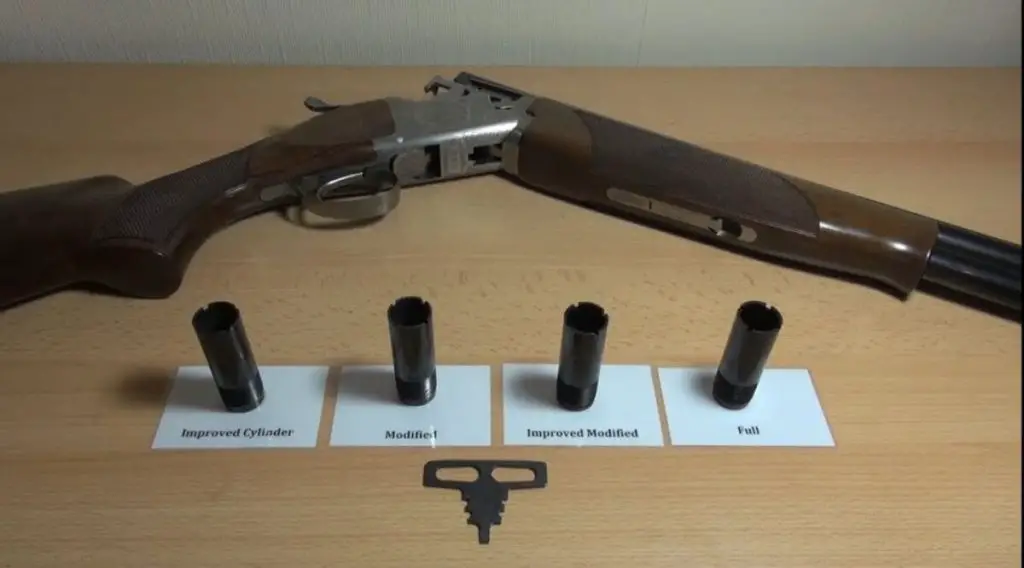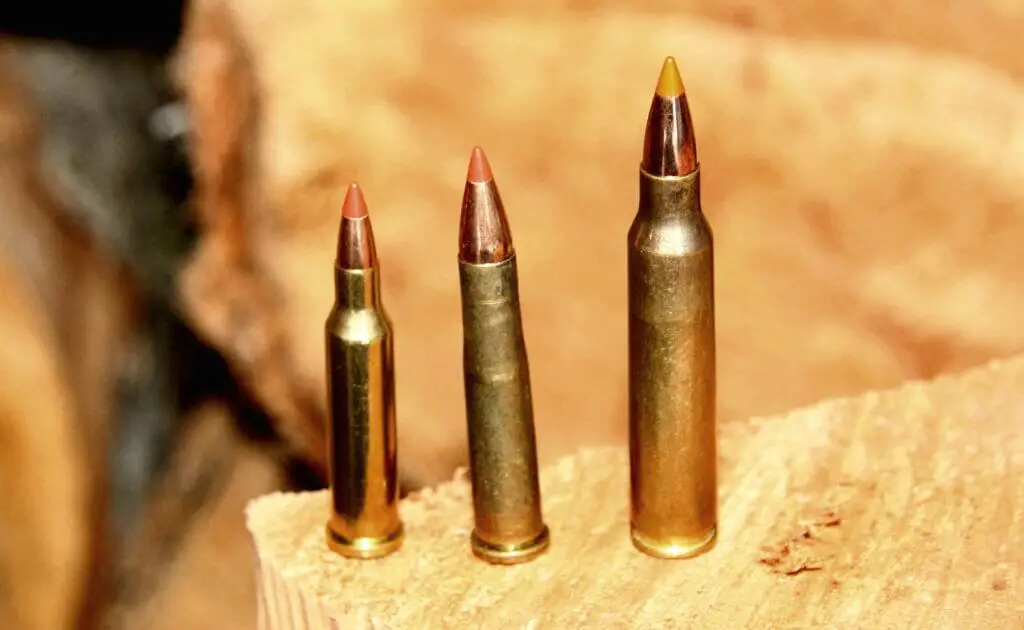The Sig Sauer P226 Navy vs. MK25: A Comprehensive Exploration
The debate between the Sig Sauer P226 Navy and the MK25 is a fascinating topic for firearm enthusiasts and professionals alike. Both pistols have their roots deeply embedded in military history and have earned reputations for their reliability and performance under extreme conditions. However, subtle differences set them apart, making each unique in its own right. Whether you are considering adding one of these firearms to your collection or simply want to understand what makes them special, this blog will guide you through a detailed comparison that covers everything from specifications to real-life user experiences. Before diving deeper, here is a comparison table that offers an at-a-glance view of the two iconic handguns.
| Feature | Sig Sauer P226 Navy | Sig Sauer MK25 |
|---|---|---|
| Length | 7.7 inches | 7.7 inches |
| Barrel Length | 4.4 inches | 4.4 inches |
| Weight | 34 ounces | 34.4 ounces |
| Caliber | 9mm | 9mm |
| Magazine Capacity | 15+1 rounds | 15+1 rounds |
| Sights | Contrast or Night Sights | Night Sights |
| Finish | Phosphate | Phosphate Coating (MIL-STD-1913 Rail) |
| Safety Features | Decocker, no manual safety | Decocker, no manual safety |
| Notable Features | Slight grip and control enhancements | Anchor engraving, true military version |
The Sig Sauer P226 Navy: A Closer Look
Historical Background and Development
The P226 Navy is an evolution of the original P226, designed specifically to meet the rigorous standards of the U.S. Navy SEALs. Developed to offer the ultimate reliability in maritime environments, this pistol has been an integral part of military arsenals around the world.
Technical Specifications
With its 9mm caliber, the P226 Navy offers a 4.4-inch barrel and an overall length of 7.7 inches, providing a good balance between accuracy and maneuverability. The weapon’s weight, coming in at roughly 34 ounces, gives it a sturdy feel without being overly burdening.
Unique Features and Advantages
One significant feature is its phosphate finish, which contributes to its corrosion resistance. When I had the chance to operate the P226 Navy, the texture of the grip caught my attention. It’s slightly rougher than other models, providing an exceptional grip even in wet conditions. This makes it a preferred choice for operational scenarios requiring equal measures of precision and speed.
Challenges Faced
Despite its advantages, one issue that I encountered was during prolonged use. The weight, while offering stability, could lead to fatigue over repeated or extensive usage. Additionally, the lack of a manual safety might be a concern for newcomers to firearms.
Pros:
– Highly reliable and tested under extreme conditions
– Excellent corrosion resistance
– Ergonomic design for superior handling
Cons:
– Slightly heavier, which may lead to quicker fatigue
– No manual safety, which requires user vigilance
Delving into the Sig Sauer MK25
Milkitary Roots and Evolution
The MK25 is often regarded as the true military version of the P226, inheriting its design with enhancements for military demands. This model is exactly what the U.S. Navy SEALs use, making it particularly significant for collectors and firearm enthusiasts who value authenticity.
Specifications and Build
Matching the P226 Navy in dimensions and caliber, the MK25 has some enhancements. Its MIL-STD-1913 Picatinny rail offers versatility in attachments and customization. Like the P226 Navy, it weighs around 34.4 ounces, and includes tritium night sights that enhance usability in low-light conditions.
Special Features and User Experience
One of the most distinctive attributes is the engrained navy anchor, a symbolic nod to its roots. When handling the MK25, I noticed the ease of use in accessory applications thanks to its Picatinny rail. The seamless integration of lights and lasers makes it a well-rounded tool for tactical purposes.
Potential Drawbacks
One concern I found was the price point; being a specialized military-grade firearm, it comes at a premium. Also, similar to the Navy model, it lacks a manual safety, increasing the onus on the user for safety.
Pros:
– True military model with collectible value
– Night sights and Picatinny rail for versatile adaptation
– Proven reliability and robustness
Cons:
– Expensive compared to similar firearms
– Absence of a manual safety
Understanding the Core Differences
The P226 Navy and MK25 largely mirror each other in core function and design, but the differences, albeit subtle, cater to varying preferences and needs. While the P226 Navy offers enhancements for grip and handling, the MK25 stands out with its military lineage and extra features like night sights and rail adaptability.
To conclude, owning either firearm is a testament to having a piece of tactical excellence, yet personal preference and specific need should guide the final decision. Drawing from personal experience with both, they stand as reliable companions — but understanding their unique characteristics ensures an informed choice.
Frequently Asked Questions
1. What is the difference between the P226 and the MK25?
The main difference between the Sig Sauer P226 and the MK25 is that the MK25 is specifically designed for use by the US Navy SEALs. The MK25 features a phosphate corrosion resistant finish, anchor engraving on the slide, and UID identification label. It also comes with a special anti-corrosion coating on internal parts to withstand harsh maritime environments.
2. What is special about the MK25?
The MK25 is special because it is the designated sidearm of the US Navy SEALs. It is designed to meet the rigorous requirements of special operations forces and maritime environments. The MK25 is known for its reliability, accuracy, and durability, making it a popular choice among elite military units.
3. Why did the Navy SEALs stop using the P226?
The Navy SEALs did not stop using the P226; in fact, they continue to use it in the form of the MK25. The MK25 is an upgraded version of the P226, specifically tailored to meet the needs of SEAL operators in extreme conditions.
4. Do SEALs use MK25?
Yes, Navy SEALs use the MK25 as their official sidearm. The MK25 has been proven to perform reliably in some of the toughest conditions, making it a trusted tool for special operations missions.
- How to Put a Scope on a Mosin Infantry in Tarkov: A Quick Guide - November 7, 2024
- How to Edit a Scope Box in Revit: A Step-by-Step Guide - November 6, 2024
- How to Put a Scope on Mosin Tarkov: Expert Tips for Gamers - November 6, 2024


